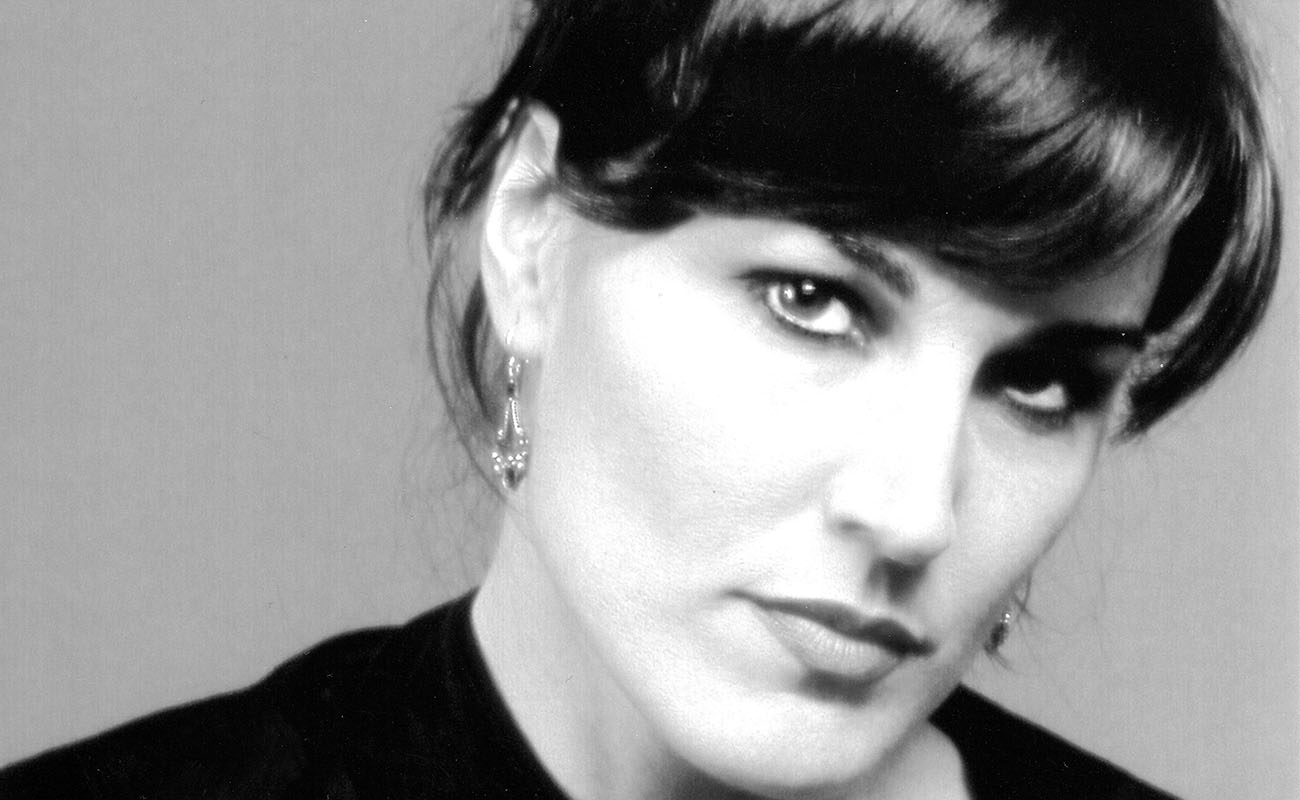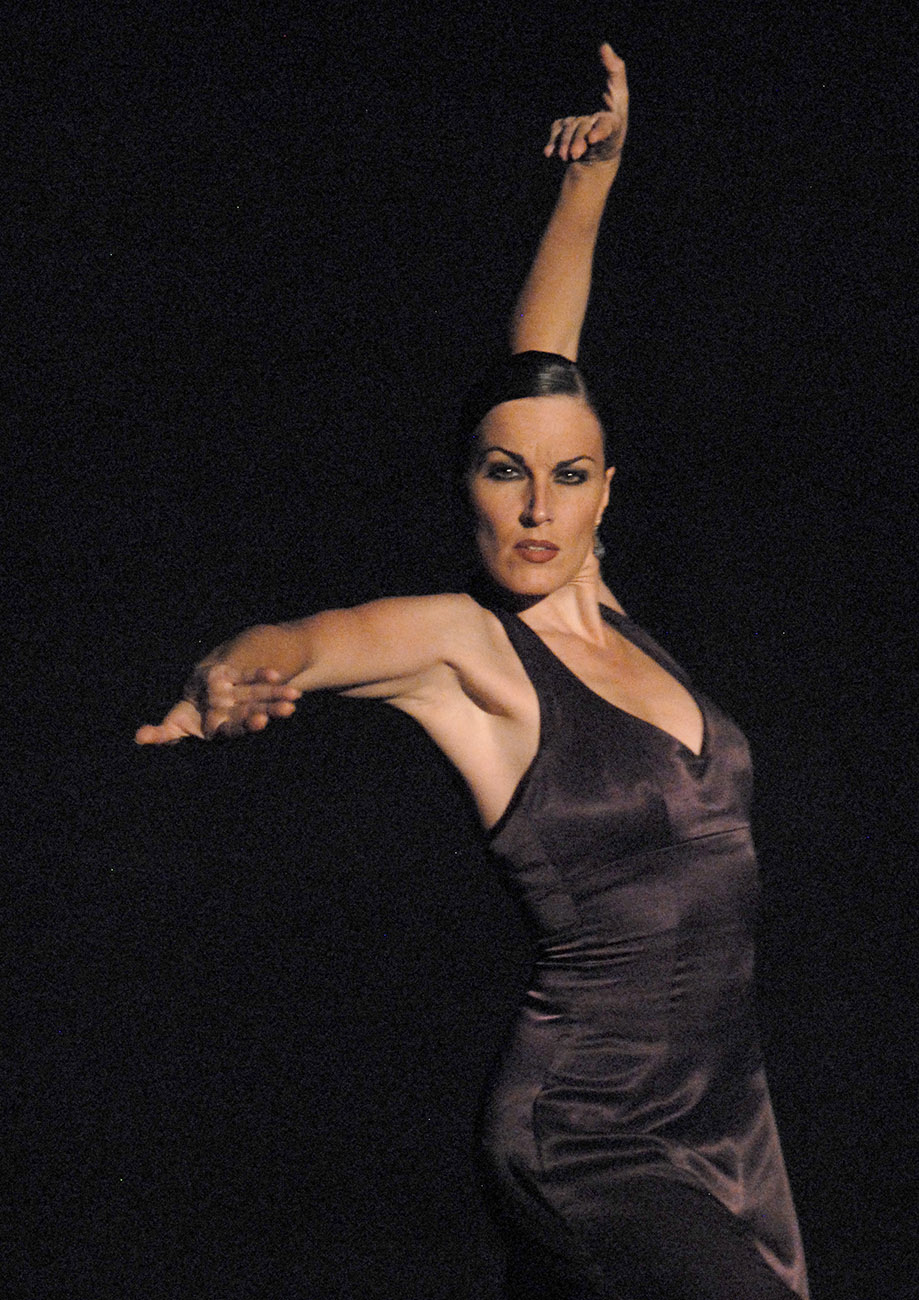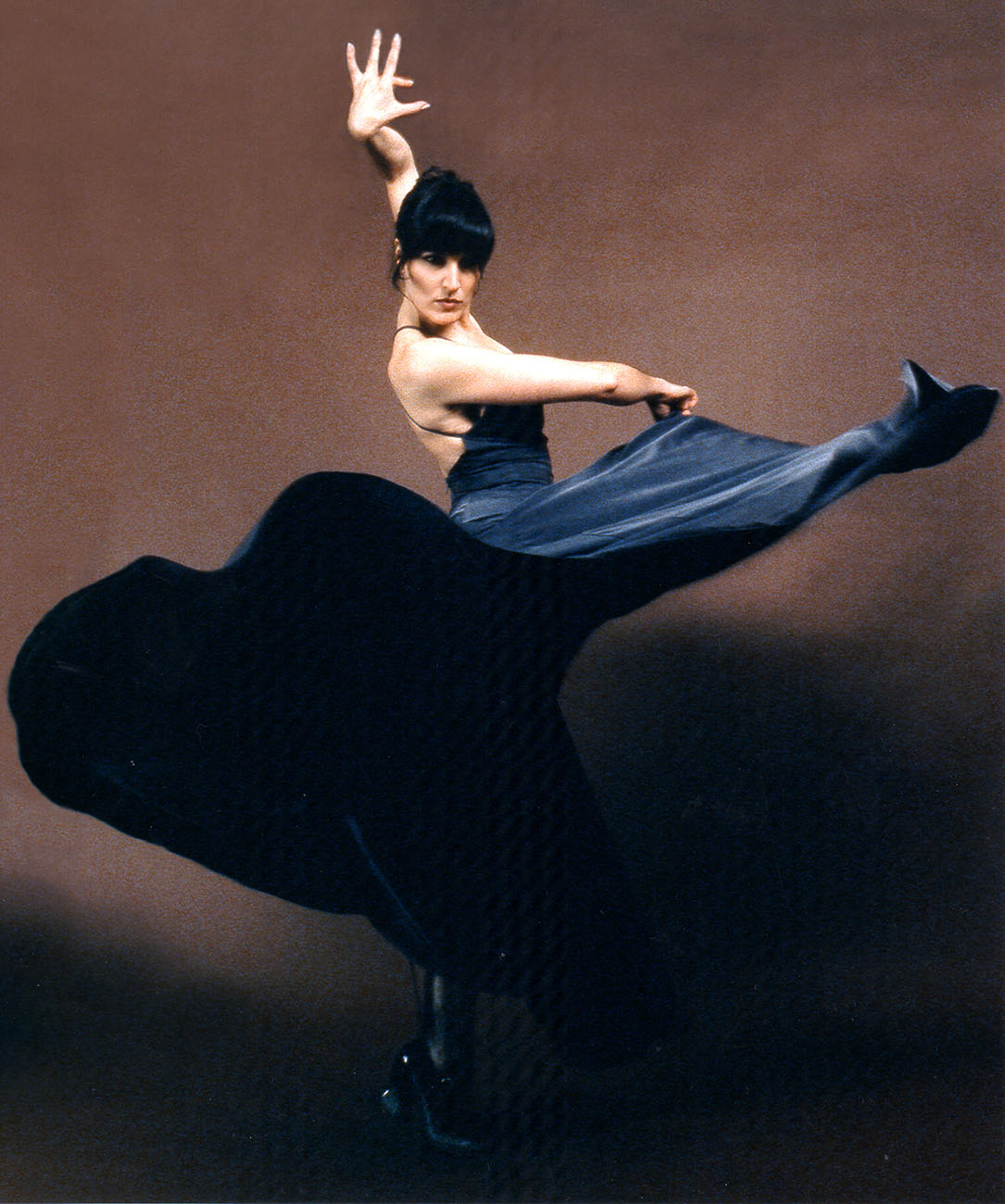Paloma Gómez: «Whenever you dance… love, cry, get angry, be happy… Live!»
Fourth submission in the series Flamenco Around The World, by Jafelin Helten. In this occasion, we interview bailaora Paloma Gómez, from Málaga, a former member of the Ballet Nacional de España who currently teaches at the International Spanish Dance Academy.

Paloma Gómez, born in Málaga, Andalusia, began studying dance when she was three years old, joining the Ballet Nacional de España when she was just 17. In the year 2000 she founded her first dance company, touring nationally and internationally in some of the world’s most renowned theaters. In the last fourteen years, besides performing, she has further developed her career as guest choreographer and teacher specialized in Stylized Spanish Dance and Flamenco. Moreover, she has also developed her own teaching method at the Paloma Gómez International Spanish Dance Academy, putting it in practice in several difference international dance centers. She was an invited artist at the Gala Homenaje a Alicia Alonso, organized by the Instituto de Danza Universidad Juan Carlos I, attended by Queen Sofia. Paloma also took part as actress and bailaora in the movie Rotas, premiered at the Chicago International Film Festival. «I feel so great when I dance that I can’t help doing all I can to share my knowledge with other people so they can at least feel a fraction of what I feel when I dance. It is always better to share something good, instead of enjoying it all by ourselves».
– What defines you as a bailaora?
– Other people who have seen me dance have defined my baile as elegant, strong, and sensual.
– Who were your role models in Flamenco?
– My first role models were my parents, Raquel Rodríguez and José Luis Gómez, who were my first teachers. Later came the maestros Antonio Gades, Victoria Eugenia, Paco Romero, Paco Fernández, Rafael de Córdova, Matilde Coral, Carmen Mora and el Güito.
– Do you think that baile Flamenco requires a particular personality?
– Above all, I believe it is essential to have a great sensibility and the ability to express unfiltered emotions through dance.
– What is your main inspiration when you create your choreographies?
– Usually, it is everything related with love. The pain of love, the joy of love, the anger of a lost love… Always love.
«What gives sense to this wonderful profession is this: breath dancing, laugh dancing, cry dancing, love dancing»
– How do you plan your choreographies? Do you create them as you go?
– I first feel the need to express something inside me. Typically, music is what opens the door of my inspiration. Then I close my eyes and visualize an outline of the choreography as I listen to the music. This allows me to structure it so I can properly express what I want to communicate. Once the outline is created, I allow myself to be carried away by emotion, and then the words (the steps) come up as if by magic.
–How can you explain the emotions you feel when you dance Flamenco, compared with how you feel when you dance Spanish Dance?
– The truth is that I don’t feel a difference on an emotional level. The difference is the language I use, but the same emotions can be expressed in both Flamenco and Spanish Dance. It is like saying “I love you” in two different languages: the emotions and the feelings are the same. At least that is how I feel.
– Is it difficult to transition to Flamenco, coming from dancing Ballet, Stylized Spanish Dance and Contemporary Dance?
– Not really. Since I was a little girl, I trained in all these dance styles, so it was natural for me to change from one style to another. It is like children who learn to speak several languages at the same time, they can easily switch languages.
–What method do you use to make a student have the right emotional mindset to dance a soleá?
– In general, I like my students to be able to express their emotions through dance, be it a soleá or Albéniz’s Sevilla. In my opinion, dance is a means to communicate and express emotions. It is not always easy, but I try to make them forget about their surroundings and focus on their feelings, trying to express them through dance. It is one of the most fulfilling moments when teaching.
– ¿How would you describe an aesthetically perfect flamenco body?
– I think that the aesthetic in dance is something important. Thus, in my opinion, the perfect body is a body capable of expressing emotions and feelings, that is, a body possessing the gift of expression.
«For my choreographies I find inspiration in the pain of love, the joy of love, the anger of a lost love… Always love»
– What are your memories of the Theatre Teresa Carreño in Caracas (Venezuela)?
– I have wonderful memories. A great theatre, a program filled with excellent international artists. Everyone I met there were lovely and very nice. I have very fond memories of taking part in the International Gala of Dance Stars at the Teresa Carreño.
– Tell us about the best moment in your life.
– It is hard to speak about one single moment, because I have experienced many great ones. But since you ask me about just one, I will tell you about the emotion I felt the last time my father watched me dancing. It was at the Teatro de la Latina, with the José Antonio y Los Ballets Españoles Company. I was performing the role of La Molinera in the play El Sombrero de Tres Picos, paired with José Antonio Ruiz (former director of the Ballet Nacional de España). I know that my father was very proud of this performance of mine as leading dancer, together with José Antonio, whom he greatly admired. It meant a lot for him. My father left this world a few weeks later, but I know that the happiness he felt from the seat of that lovely theater was with him until his last day with us.
– Is it easy or difficult for you to own the stage?
– Frankly, some days it is easy and others not so much. That is the magic of the stage, we never fully know what will happen.
– What is the most essential thing at this moment in your professional career?
– For me, at this moment, it is essential to share all the knowledge I have learned in my professional career from my teachers and my colleagues. I feel that, because I have been so fortunate, I have the obligation, a marvellous obligation, to share this legacy with the new generations.
– Which message would you like to tell the world of dance and Flamenco?
–Well, I have a very simple message: whenever you dance… love, cry, be angry, be happy… In short, live! What gives sense to this wonderful profession is this: breath dancing, laugh dancing, cry dancing, love dancing, etc.
Top image: Rubén Gorde

Jafelin Helten






